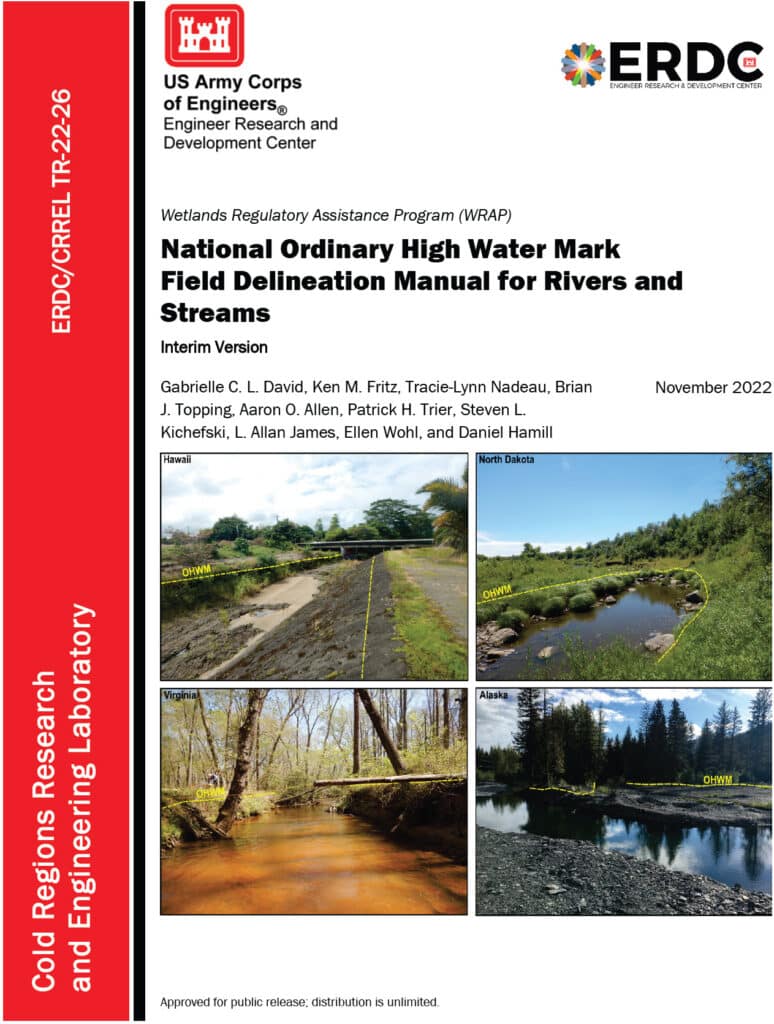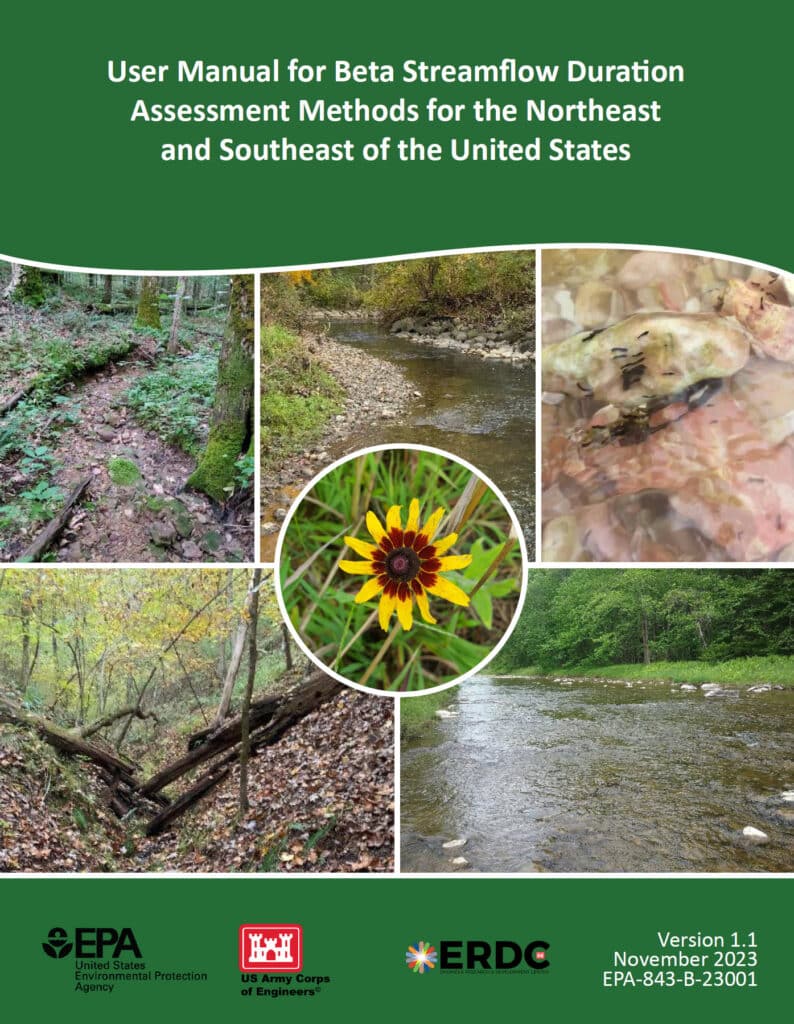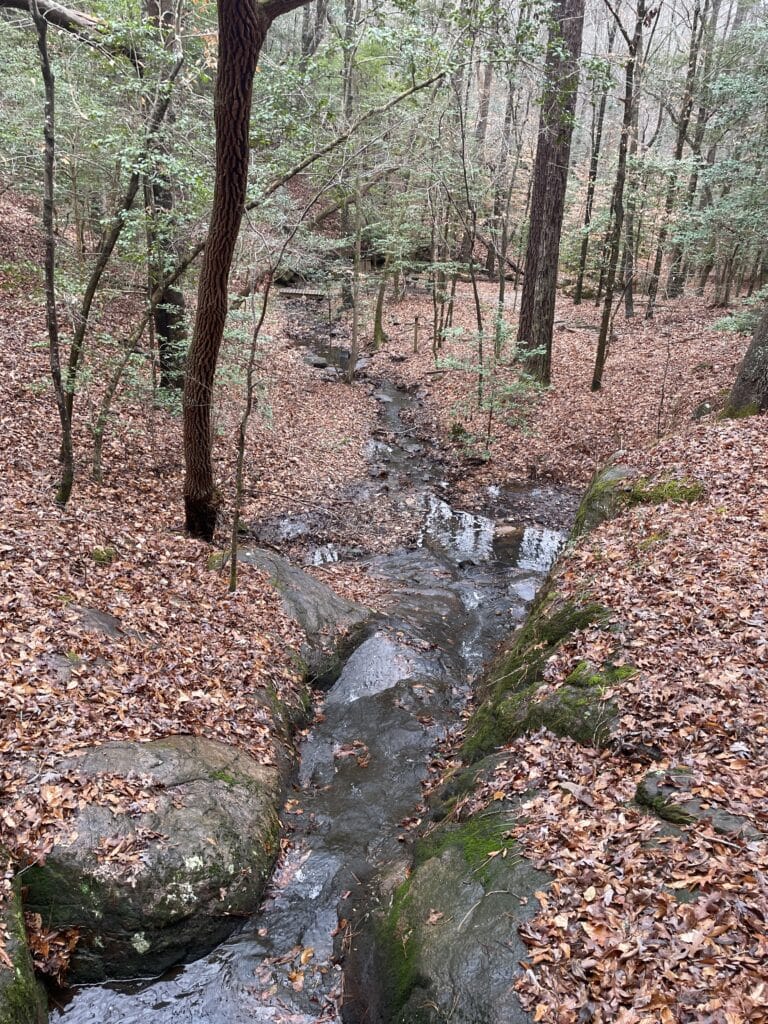
Wetlands are some of the most ecologically significant and sensitive habitats on Earth. They provide essential services such as water filtration, flood protection, and habitat for countless species. However, their complexity and the dynamic nature of wetland ecosystems pose significant challenges for environmental consultants tasked with delineating and assessing these areas. Traditional methods of wetland delineation, while effective, are often labor-intensive, time-consuming, and subject to human error. Enter artificial intelligence (AI) and chat assistants—technologies that promise to revolutionize wetland delineation by enhancing accuracy, efficiency, and accessibility.
The Role of AI in Environmental Consulting
Artificial intelligence has made significant strides in various fields, and environmental consulting is no exception. AI systems excel at processing vast amounts of data quickly and accurately, identifying patterns, and making predictions that can significantly aid decision-making processes. In the context of wetland delineation, AI can be utilized in several ways:
- Data Analysis:
- AI can process large datasets, such as satellite imagery, soil samples, and hydrological data, to identify wetland boundaries and characteristics with high precision. Machine learning algorithms can be trained to recognize specific features and indicators of wetlands, reducing the time required for manual analysis.
- Predictive Modeling:
- AI models can forecast environmental changes based on historical data, helping consultants anticipate how wetlands might evolve under different scenarios. This capability is particularly useful for understanding the impacts of climate change, land use changes, and water management practices on wetland ecosystems.
- Automation:
- Many of the repetitive and routine tasks involved in wetland delineation, such as data entry and initial assessments, can be automated using AI. This automation not only speeds up the process but also minimizes the risk of human error.
Practical Applications of AI in Wetland Delineation
AI applications in wetland delineation are diverse and powerful. Here are a few examples:
- Species Identification: Using AI to recognize plant and animal species from images is a game-changer. Models trained on large datasets of labeled images can accurately identify species based on features such as shape, color, and texture. This capability is invaluable for monitoring biodiversity and detecting the presence of rare or endangered species within wetlands.
- Habitat Suitability Analysis: AI can analyze environmental variables such as soil type, water availability, and temperature to predict suitable habitats for different species. This analysis helps in planning conservation efforts and ensuring that habitats are protected and managed effectively.
- Climate Impact Modeling: Predicting how climate change will affect wetland ecosystems is critical for developing adaptive management strategies. AI models can integrate various climatic and environmental factors to forecast changes in wetland areas, helping policymakers and conservationists make informed decisions.
Introduction to Chat Assistants in Environmental Consulting
Chat assistants, or chatbots, leverage natural language processing (NLP) to interact with users in a conversational manner. These AI-powered tools can provide quick answers to common questions, assist with data entry, and perform initial analyses, making complex AI models more accessible.
How Chat Assistants Work:
- Natural Language Processing (NLP): Chat assistants use NLP to understand and respond to human language, allowing users to interact with AI models without needing to know technical details. This interaction simplifies the process of obtaining information and insights from AI systems.
- User Interaction: By providing a user-friendly interface, chat assistants make it easy for users to input data, ask questions, and receive detailed responses. This ease of use is particularly beneficial for environmental consultants who may not have extensive technical backgrounds.
Applications in Environmental Consulting:
- Customer Support: Chat assistants can answer frequently asked questions about environmental regulations, project timelines, and data requirements, providing quick and accurate responses to clients and stakeholders.
- Data Collection: Guiding users through the process of entering environmental data ensures that information is collected correctly and consistently. Chat assistants can standardize data entry, reducing variability and improving data quality.
- Preliminary Analysis: Performing initial assessments based on user inputs allows chat assistants to provide quick insights and recommendations, helping consultants prioritize tasks and focus on more complex analyses.
The Importance of Prompt Engineering
Prompt engineering is the process of designing prompts to effectively communicate with AI models. In wetland delineation, this involves creating specific instructions or questions that guide the AI to provide relevant and accurate responses.
Key Aspects of Prompt Engineering:
- Designing Effective Prompts: Prompts must be clear, concise, and contextually relevant to ensure the AI model understands the specific task at hand. For instance, a prompt like “Analyze the soil data and classify the area as wetland or non-wetland” directs the AI to focus on relevant soil characteristics.
- Contextual Awareness: The AI model must understand the context of wetland delineation, including the specific indicators of wetlands and the regulatory criteria used to classify these areas. This contextual awareness is achieved through training the model on relevant datasets and continuously refining the prompts.
- Iterative Process: Prompt engineering is an iterative process where prompts are tested and refined based on the AI’s performance. This continuous improvement ensures that the model’s responses become more accurate and relevant over time.
Example Prompts:
- Data Input: “Based on the following soil sample data, is this area classified as a wetland?”
- Species Identification: “Identify the plant species in this image and determine if it is a wetland indicator species.”
- Predictive Modeling: “Predict the impact of a 10% increase in rainfall on the wetland area over the next year.”
Case Study: Everglades Water Management
The Everglades, a vast and complex wetland ecosystem in southern Florida, presents a unique set of challenges for water management. Traditional methods often struggle to predict the complex interactions between hydrology and ecology. To address this, an AI model named was developed to simulate various water management scenarios using historical data on precipitation, water flow, and ecological responses.
How it Works:
- Data Collection and Preparation: The Ai gathers data from weather stations, hydrological sensors, and ecological surveys. This data is cleaned and preprocessed to ensure accuracy and consistency.
- Machine Learning Algorithms: The Ai employs supervised learning, neural networks, random forests, and support vector machines (SVM) to model complex relationships and make robust predictions.
- Training the AI Model: The training process involves splitting the data into training and testing sets, performing feature engineering, and iterating on the model to optimize performance.
- Running Simulations: Managers input scenarios such as changes in rainfall patterns or water release schedules, and the Ai simulates the impact on the ecosystem, including predicting water levels, flood risks, and habitat conditions.
- Insights and Decision Support: The Ai provides detailed reports on the predicted outcomes, helping managers make informed decisions that balance ecological and human needs.
Results and Insights: The Ai’s simulations have proven invaluable in optimizing water flow, improving habitat conditions for wildlife, and ensuring sustainable water use. By identifying optimal water release schedules and predicting potential flooding or drought conditions, Ai helps manage the delicate balance of the Everglades ecosystem.
Benefits and Challenges of AI in Wetland Delineation
While AI and chat assistants offer numerous benefits, there are also challenges to consider.
Benefits:
- Increased Efficiency: Automating data analysis and routine tasks saves time and resources.
- Improved Accuracy: AI models can process large datasets and identify patterns that might be missed by human analysts.
- Scalability: AI systems can handle large volumes of data, making them suitable for extensive project areas.
- Enhanced Decision-Making: AI provides data-driven insights that support informed decision-making.
Challenges:
- Data Quality: The accuracy of AI models depends on the quality and completeness of the data.
- Complexity: Developing and maintaining AI models requires technical expertise.
- Cost: Implementing AI solutions can involve significant initial investment.
- Ethical Considerations: Ensuring that AI systems are transparent and do not reinforce biases is crucial.
Join Our Webinar to Learn More
To delve deeper into these topics and explore how AI and chat assistants can transform wetland delineation, join our webinar on August 29, 2024, at 1 PM ET. This 90-minute session will provide valuable insights, practical applications, and a live demonstration of AI in action. Don’t miss this opportunity to stay ahead in the rapidly evolving field of environmental consulting. Register now to secure your spot.
For more details and/or to register, visit our Webinar Registration Page.





















